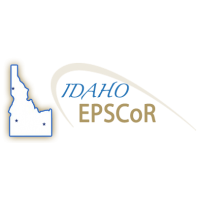Data and code from: Phenological shifts across the invaded range of Blue Mustard (Chorispora tenella)
Invasive species represent excellent evolutionary test cases for understanding how species may rapidly adapt to novel environments, for example, in the face of climate change. Often invasion biology relies on comparisons between contemporary...

